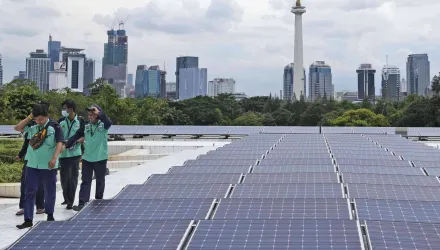
Abstract
Electrification with decarbonized electricity is a central strategy for carbon mitigation. End-use electrification can also reduce air pollutant emissions from the demand sectors, which brings public health co-benefits. Here we focus on electrification strategies for China, a country committed to both reducing air pollution and peaking carbon emissions before 2030. Considering both coal-intensive and decarbonized power system scenarios for 2030, we assess the air quality, health and climate co-benefits of various end-use electrification scenarios for the vehicle and residential sectors relative to a non-electrified coal-intensive business-as-usual scenario (BAU). Based on an integrated assessment using the regional air pollution model WRF-Chem and epidemiological concentration–response relationships, we find that coal-intensive electrification (75% coal) does not reduce carbon emissions, but can bring significant air quality and health benefits (41,000–57,000 avoided deaths in China annually). In comparison, switching to a half decarbonized power supply (∼50% coal) for electrification of the transport and/or residential sectors leads to a 14–16% reduction in carbon emissions compared to BAU, as well as greater air quality and health co-benefits (55,000–69,000 avoided deaths in China annually) than coal intensive electrification. Furthermore, depending on which end-use sector is electrified, we find different regional distributions of air quality and health benefits. While electrifying the transport sector improves air quality throughout eastern China, electrifying the residential sector brings most benefits to the North China Plain region in winter where coal-based heating contributes substantially to air pollution.
Peng, Wei, Junnan Yang, Xi Lu, and Denise L. Mauzerall "Potential Co-benefits of Electrification for Air Quality, Health, and CO2 Mitigation in 2030 China." Applied Energy, vol. 218. (May 15, 2018): 511–519 .
The full text of this publication is available via Applied Energy.




